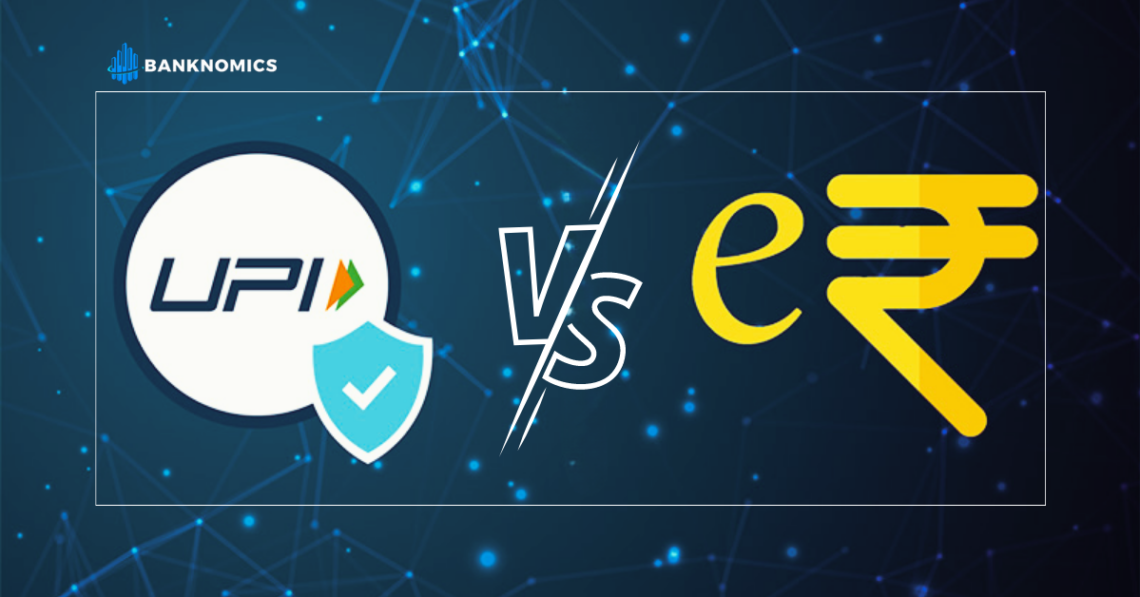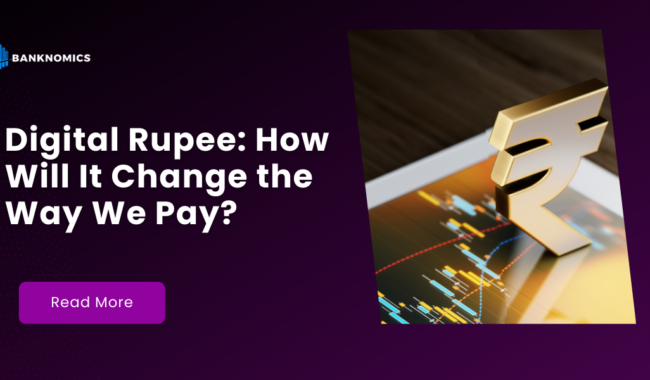The Reserve Bank of India (RBI) is exploring the possibility of issuing a digital rupee, which would be a digital version of the Indian currency. UPI is the current dominant payment system in India, and it allows users to make peer-to-peer and merchant payments using their bank accounts. In this blog post, we will introduce the digital rupee and UPI, and discuss how they work. We will also discuss the key differences between the two, and the benefits and disadvantages of using each.
How Does Digital Rupee Work?
The digital rupee is a digital currency that is issued by the RBI. It will be a legal tender, which means that it will be accepted as payment for goods and services. The digital rupee will be stored in a digital wallet, which can be accessed through a mobile app or other digital device.
To make a payment using the digital rupee, a user would simply need to enter the recipient’s digital wallet address and the amount of money they want to send. The payment would then be processed instantly.
How Does UPI Work?
UPI stands for Unified Payments Interface. It is a payment system that allows users to make peer-to-peer and merchant payments using their bank accounts. UPI is a real-time payment system, which means that payments are processed instantly.
To make a payment using UPI, a user would simply need to enter their bank account information and the recipient’s UPI ID. The payment would then be processed instantly.
Key Differences between Digital Rupee and UPI
There are several key differences between the digital rupee and UPI. These differences include:
- Concept: The digital rupee is a digital currency, while UPI is a payment system. This means that the digital rupee is a unit of value, while UPI is a way to transfer value.
- Issuer: The digital rupee is issued by the RBI, while UPI is operated by banks and other financial institutions. This means that the digital rupee is backed by the full faith and credit of the RBI, while UPI is not.
- Use: The digital rupee can be used for any type of transaction, while UPI is primarily used for peer-to-peer and merchant payments. This means that the digital rupee could be used to pay for goods and services, to make donations, or to send remittances.
- Availability: The digital rupee can be used offline, while UPI requires an internet connection. This means that the digital rupee could be used in areas where there is no internet access.
- Security: The digital rupee is more secure than UPI, as it is not stored in a bank account. This means that if a user’s digital wallet is compromised, the attacker will not be able to access the user’s bank account information.
Benefits of Using the Digital Rupee or UPI
There are several benefits to using the digital rupee or UPI. These benefits include:
- Convenience: Both the digital rupee and UPI are convenient ways to make payments. Payments can be made instantly, and there is no need to carry cash.
- Security: Both the digital rupee and UPI are secure ways to make payments. The digital rupee is more secure than UPI, as it is not stored in a bank account.
- Efficiency: Both the digital rupee and UPI can help to improve the efficiency of the payments system. Payments can be processed instantly, which can save time and money.
Disadvantages of Using the Digital Rupee or UPI
There are also some disadvantages to using the digital rupee or UPI. These disadvantages include:
- Acceptance: Not all merchants accept the digital rupee or UPI. This could be a problem for users who want to use these payment methods for all of their transactions.
- Cost: There may be fees associated with using the digital rupee or UPI. These fees could be a barrier for some users.
- Security: Both the digital rupee and UPI are secure ways to make payments, but there is always a risk of fraud. Users should be aware of the risks before using these payment methods.
Conclusion
The digital rupee and UPI are both promising payment technologies. The digital rupee has the potential to be more secure and efficient than UPI, but it is not yet clear how widely it will be accepted. UPI is already widely used in India, and it is likely to continue to be a popular payment method in the future.
Ultimately, the choice of whether to use the digital rupee or UPI will depend on the individual user’s needs and preferences.
Keep reading and supporting Banknomics!



